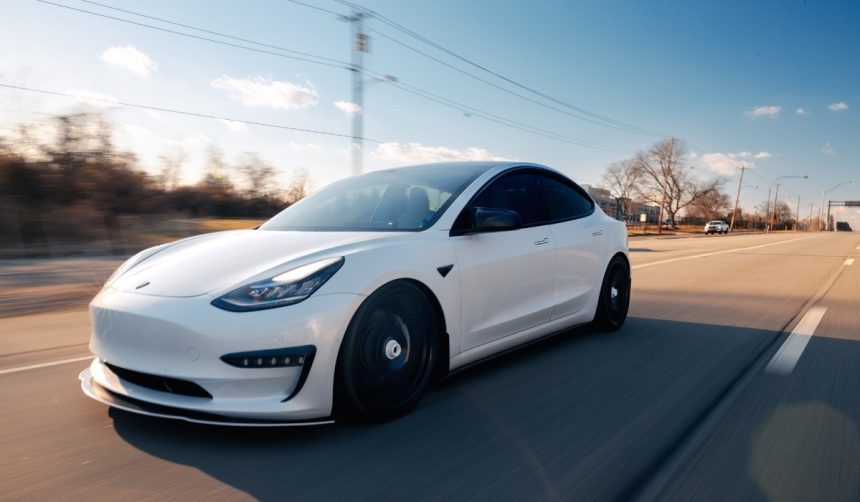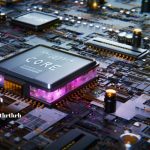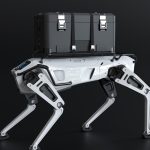As international attention shifts toward Mexico in anticipation of the 2026 FIFA World Cup, Jalisco takes notable steps to prepare for the surge of visitors expected for the tournament. The introduction of Tesla Cybertrucks into the state police fleet marks a visible shift toward the integration of modern technology in public safety. Beyond supporting logistical operations, these vehicles project Jalisco’s aspiration to be seen as both innovative and robust. Local authorities have stated their dual focus on enhancing security and shaping public perception in light of their global audience. The move also highlights the versatility of all-electric vehicles beyond their conventional private or commercial uses.
Efforts to integrate advanced electric vehicles into police fleets have been seen elsewhere, such as trial deployments in California and high-profile international appearances. These initiatives often drew mixed reactions regarding practicality, cost, and public image impact. Earlier reports noted higher attention toward Pilot City programs, but Jalisco’s adoption connects specifically to a major global event, representing a unique blend of security readiness and image management in a context of large-scale tourism and international media scrutiny.
What Drives the Decision to Use Tesla Cybertrucks?
Jalisco’s government included three Tesla Cybertrucks as part of a larger delivery of 678 new patrol vehicles intended for state and municipal law enforcement agencies. The all-electric trucks, with their distinctive design, will be utilized especially in popular tourist zones during the tournament period. Governor Pablo Lemus explained that the initiative is not only about operational capacity but also shaping perceptions.
“We also need to work a lot on the perception of security; we are going to deliver 678 patrol cars for the State Police, State Highway Police, and State Police, including some ‘Black Mambas,’ which are this kind of tanks,” Lemus said.
How Has the Tesla Cybertruck Been Received in Policing?
The Tesla Cybertruck, since its introduction, has sparked debate for both its unconventional aesthetic and its utility. Law enforcement agencies in other regions, such as Greenfield, California, have also utilized Tesla vehicles for similar attention-drawing purposes. Internationally, Cybertrucks have participated in high-security escorts, signaling their growing acceptance within official fleets. Their imposing presence and potential to draw public attention have contributed to their deployment in highly visible security roles.
Will Technology Integration Impact Event Security?
Officials are counting on the new vehicles to help manage the influx of over five million expected visitors across Guadalajara and other host cities. The blend of traditional patrol units with high-profile electric vehicles indicates a tactical as well as a symbolic approach to security. While the effectiveness of all-electric trucks in real-world policing will be monitored, their presence aligns with ongoing efforts to modernize operations and reduce environmental impact.
Blending sustainability with security needs, Jalisco’s move to acquire Tesla Cybertrucks signals its intent to present a contemporary, safety-conscious image during the World Cup. Such a public display of advanced vehicles may influence the perception of visitors and showcase Mexico’s ability to host international events. The use of electric vehicles in policing remains an evolving strategy, with operational outcomes yet to be fully evaluated. For jurisdictions anticipating large-scale events or heightened visibility, decisions like these offer insights into the intersection of law enforcement, public image, and technological adaptation.










